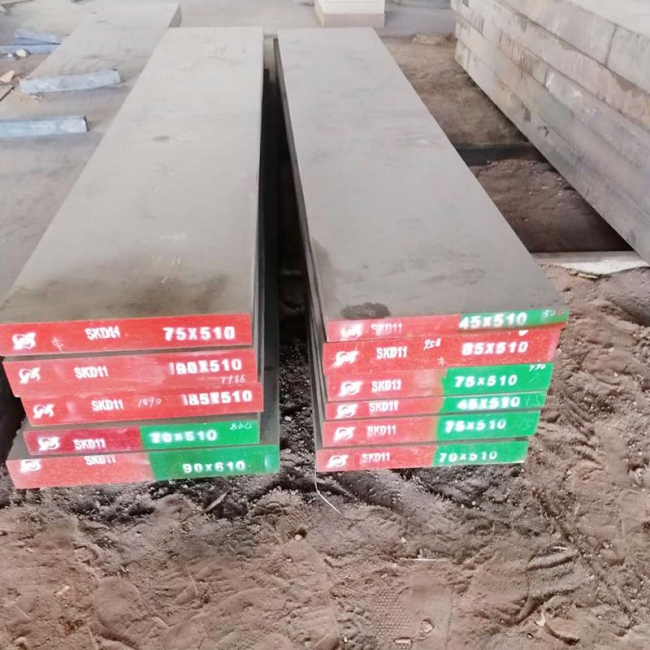Tel.: +86 714 3703 589 E-mail: [email protected]
Hot work steel has appropriate hardness requirements, focusing on red hardening, thermal conductivity, and wear resistance. Therefore, the carbon content is low. Alloying elements mainly increase hardenability, improve wear resistance and red hardness. Hot work steel includes three types: hammer forging die, hot extrusion die and die casting die. So what are the conditions for a hot work die made of hot work steel?
First: Working conditions of hot work die casting mold
The melting temperature of die-cast aluminum alloy is 600-700 degrees Celsius, the melting temperature of copper alloy is 900-1000 degrees Celsius, and the temperature of ferrous metals is 1200-1600 degrees Celsius. The common point is that the surface of the cavity bears the effects of erosion, erosion, high temperature and cold and rapid heat of the liquid metal. Because the melting temperature of different materials varies greatly, the degree of harshness of the working conditions for die-casting molds of different materials is also very different.
Second: Working conditions of hot extrusion die
Hot extrusion is a process for forming the heated metal at high temperature. The hot extrusion die bears contraction force and bending stress when working, and bears certain tensile stress during demolding, and is also subjected to impact load. The role of the mold and the hot metal for a long time, so that it is heated, the temperature is higher than the tempered mold, especially when used for processing steel materials and refractory metals, the working temperature is as high as 600-800 degrees Celsius.

Third: Working conditions of hot blanking die
The hot blanking die is mainly used for punching and pulling of forgings. The hot blanking die can be used for both hammer forging and press. Due to the different sizes of forging equipment and blanks, the thermal load and mechanical load on the cutting edge of various hot blanking dies vary greatly. The cutting edge of the hot blanking die should have sufficient thermal strength and wear resistance.
Fourth: Working conditions of hot work hammer forging die
The forging hammer is a pressure processing equipment that deforms the metal blank by striking energy. When the hammer forging die is in service, it not only has to withstand a huge impact load, but also is subjected to high temperature. When forging steel parts. The instantaneous temperature of the mold cavity can be higher than 600 degrees Celsius. At this high temperature, the deformation resistance and wear resistance of the forging die material are drastically reduced, causing the cavity wall to collapse and wear. The fast tail of the forging die is in the shape of a dovetail, which is likely to cause stress concentration. Therefore, cracks are likely to occur at the bottom of the dovetail groove.
Fifth: Working conditions of the press mould
When performing pressure processing operations on crankshaft presses and hydraulic presses, the force of the mold is mainly static pressure, and the impact component is less. Due to slow loading and unloading, the residence time of the blank in the cavity is much longer. This makes the surface temperature of the press die cavity higher than the hammer forging die. Therefore, the variation range of the thermal stress of the press die is larger than that of the hammer forging die. In addition, the surface of the die cavity undergoes more severe oxidation and corrosion.
Through the introduction of the hot work mold conditions of the multi-hot work die steel above, let us have a basic understanding and understanding in choosing hot work molds.
The above information is provided by mould steel suppliers.